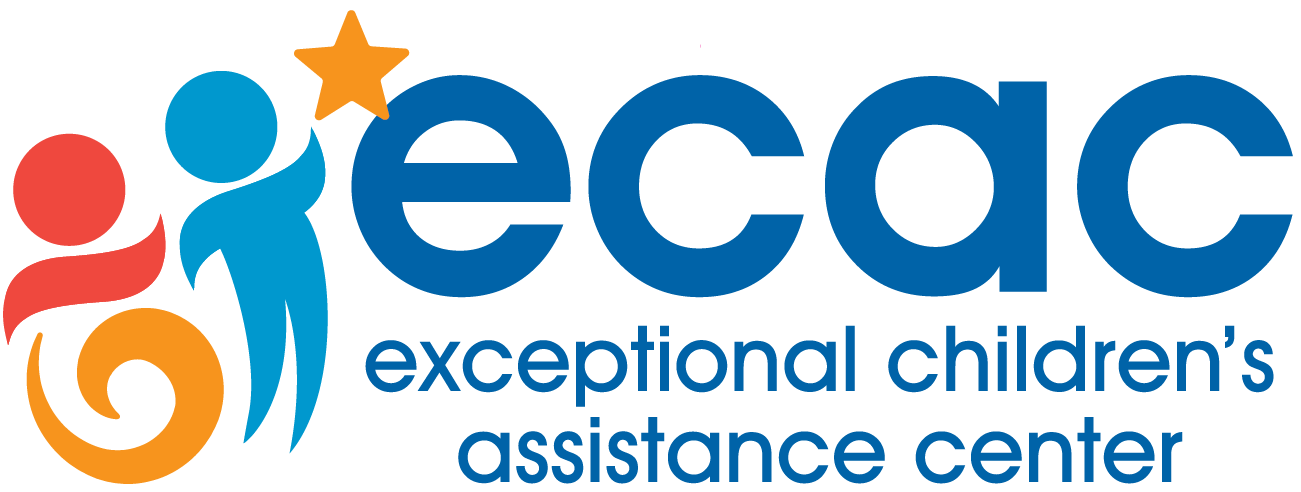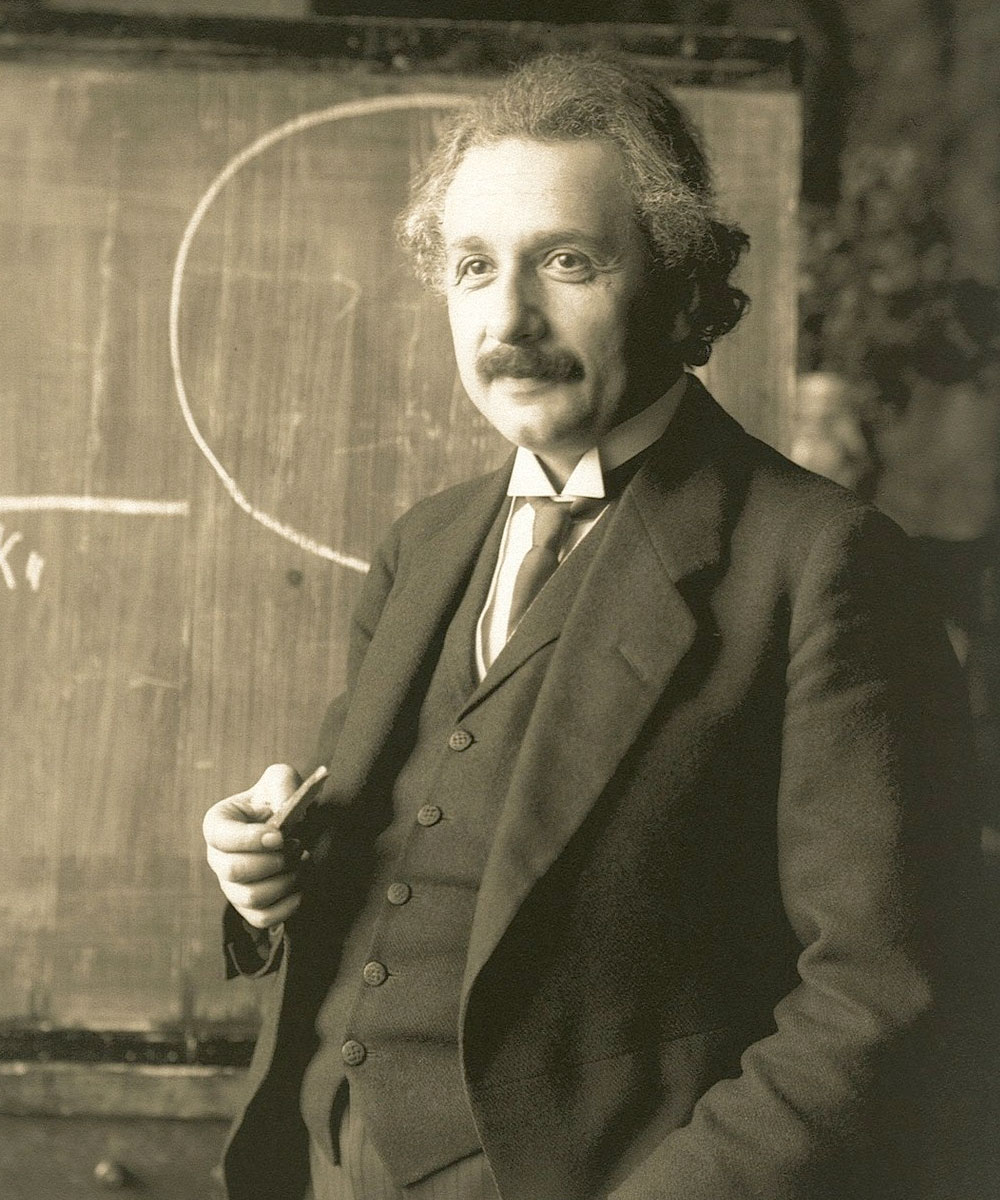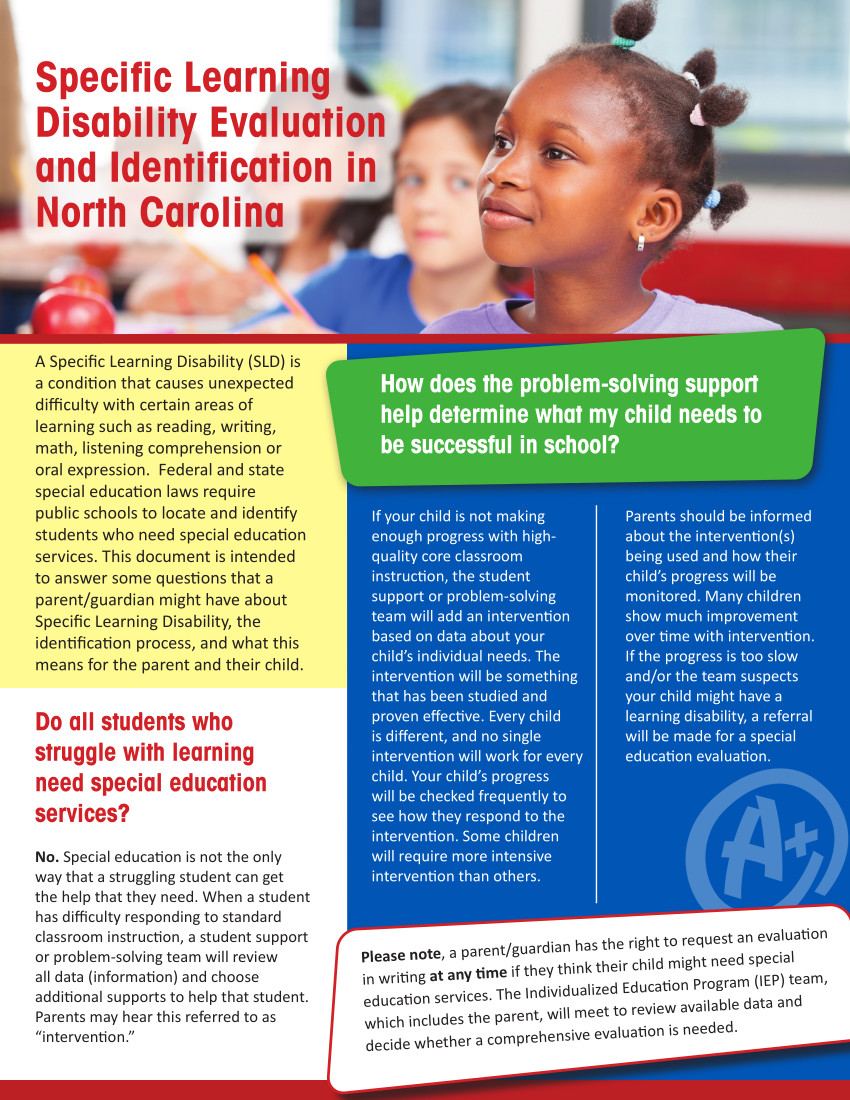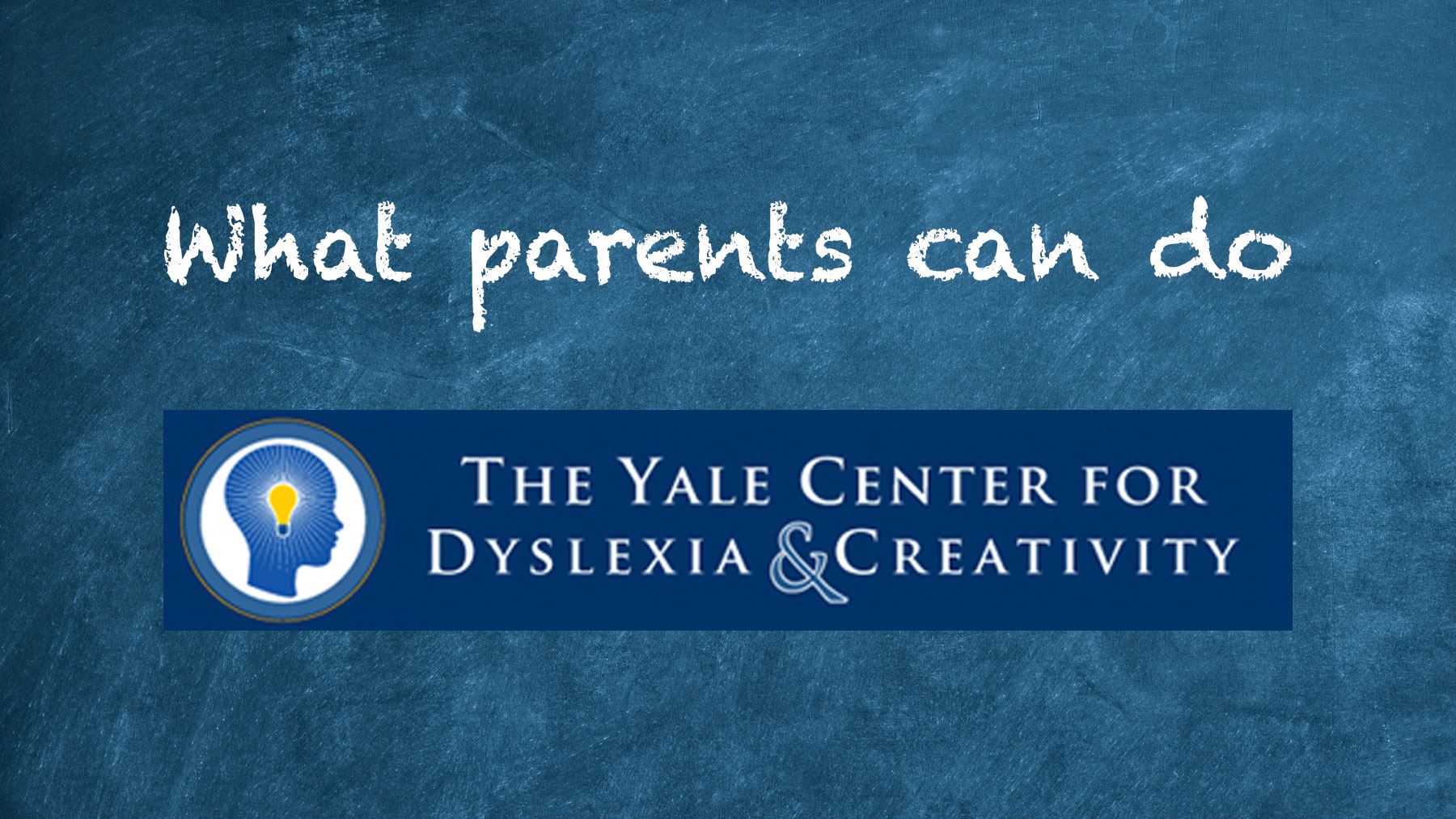Dyslexia Tool Kit: About Dyslexia and Its Characteristics
Our goal: To provide support to you in understanding dyslexia and how your child can get the resources they may need.
What is Dyslexia? Start here.
The International Dyslexia Association defines dyslexia as...
“A specific learning disability that is neurobiological in origin. It is characterized by difficulties with accurate and/or fluent word recognition and by poor spelling and decoding abilities. Secondary consequences may include problems in reading comprehension and reduced reading experience that can impede growth of vocabulary and background knowledge.”
Additionally, research over the last 20 years shows a strong causal connection between phonological processing deficits and reading problems found in dyslexia.
The importance of securing an accurate diagnosis as early as possible
Dyslexia can present differently in each child, which highlights the importance of securing an accurate diagnosis as early as possible. Other disorders that impact learning can also occur with dyslexia.

What is Dyslexia?
This helpful video was produced by ECAC and the NC Department of Public Instruction and features actual families and children.
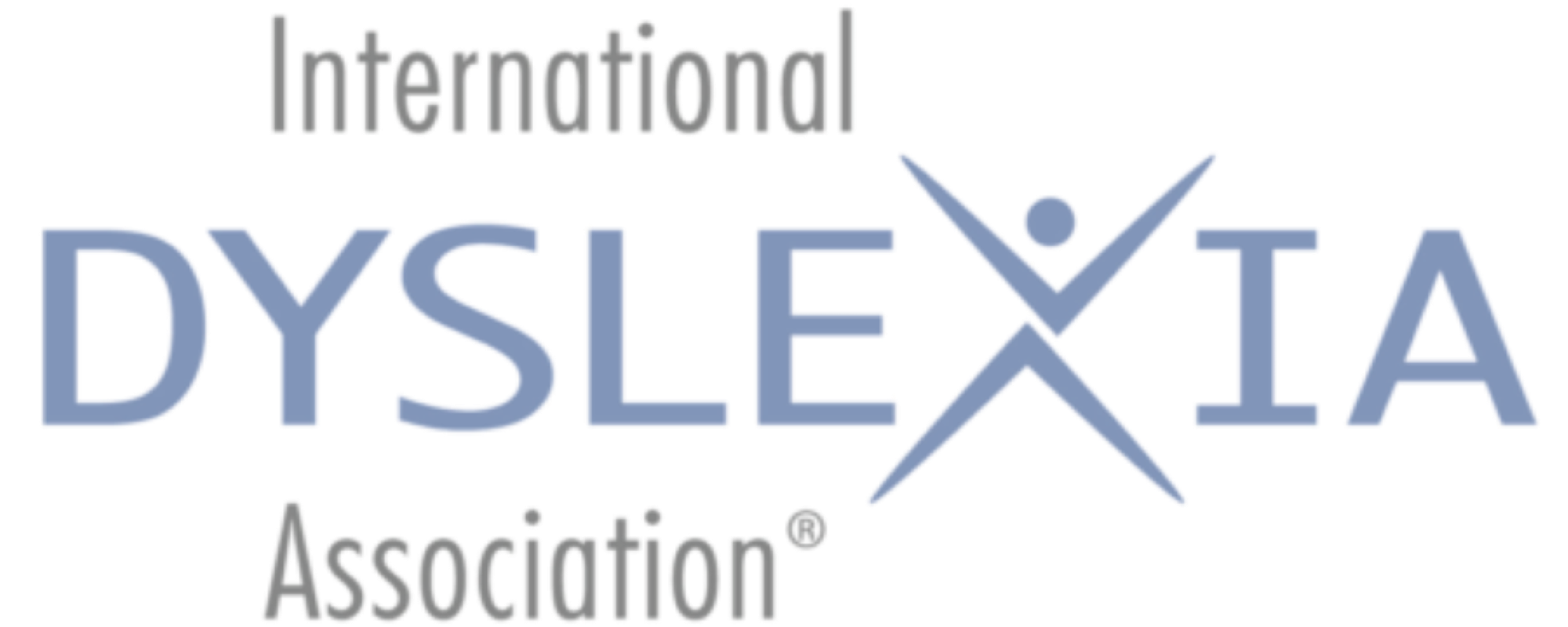
Dyslexia Basics
General information, including what is dyslexia, what causes it, what are the signs, and how is it treated.

Dyslexia Vocabulary
As a parent navigating dyslexia and treatment, it is key to know and understand common terminology used in school and medical settings.

Understanding Dyslexia
Understood includes helpful information on signs of dyslexia, how professionals can help, a one-page fact sheet, and more.
Did you know? Up to 15 to 20% of the population as a whole may have indicators of dyslexia.
Famous people with dyslexia
* Source: Understood.org, WebMD, Dyslexia Online; Photo credits: Encyclopedia Britannica (Goldberg), Wikipedia (Branson, Ali, Aniston, Einstein).

What are the characteristics of dyslexia?
What should I look for?
In general, characteristics of dyslexia can include the following:
- Slow reading
- Inaccurate reading
- Difficulties with decoding words
- Difficulties with spelling
Secondary difficulties may include:
- Difficulties with reading comprehension
- Reduced vocabulary
Signs can appear as early as preschool
According to the Yale Center for Dyslexia and Creativity, the signs of dyslexia can appear as early as preschool. The Yale Center provides a listing of symptoms, grouped by grade levels, from preschool through adulthood.
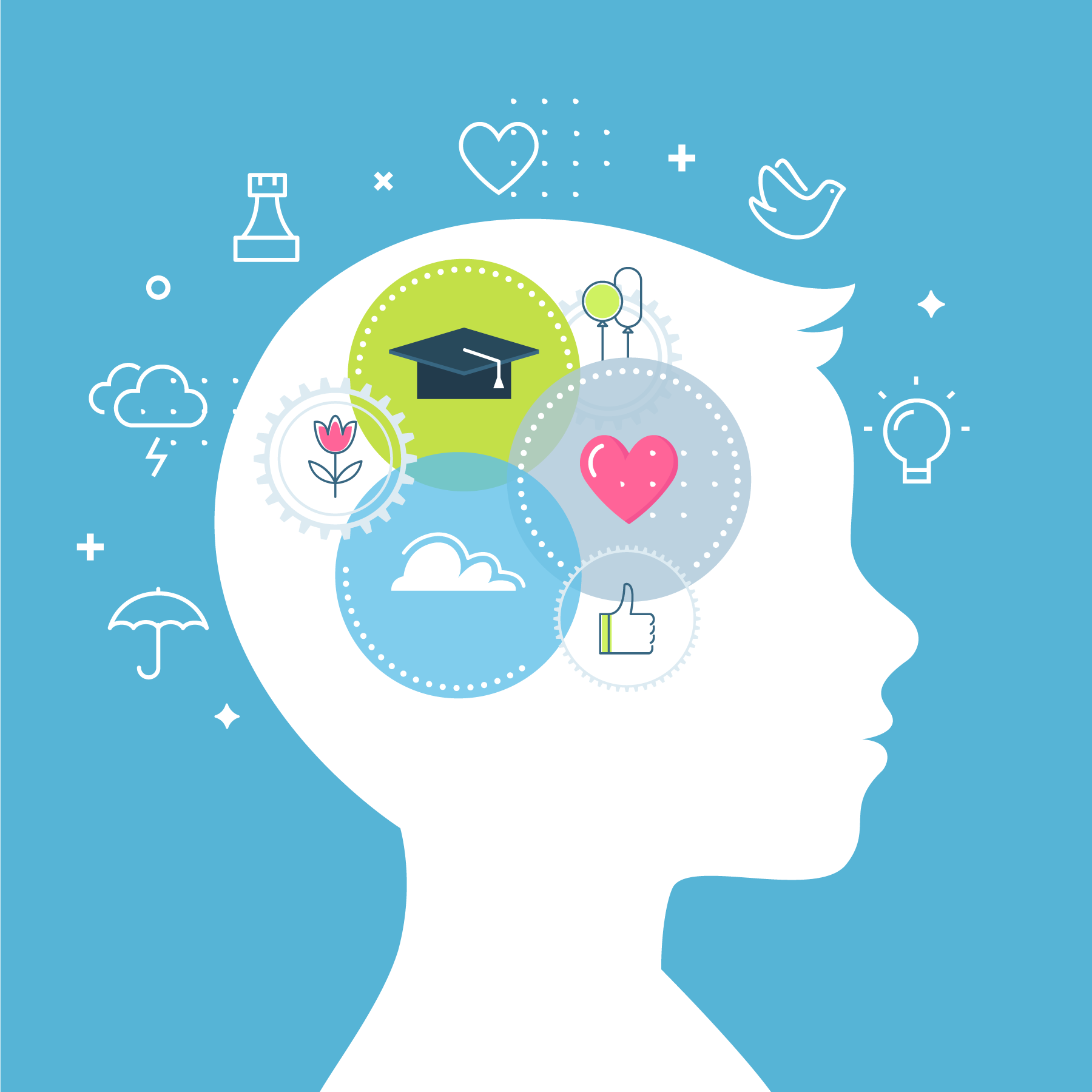
Characteristics of dyslexia can change as your child grows older.
Signs of dyslexia at different ages
In addition to being a challenge with reading, dyslexia is also a challenge with language. People with dyslexia don't always struggle in the same ways. The following examples are provided by Understood.org.
Preschool
- Mispronouncing words, like saying beddy tear instead of teddy bear
- Struggling to name familiar objects and using general words like thing and stuff instead
- Having a hard time learning nursery rhymes or song lyrics that rhyme
Grades K–2
- Having trouble learning letter names and remembering the sounds they make
- Often confusing letters that look similar (like b, d, p, and q) or sound similar (like f and v, b and p, or d and t)
- Struggling to read familiar words (like cat), especially if there aren’t pictures
Grades 3–5
- Confusing or skipping small words like for and of when reading aloud
- Having trouble sounding out new words
- Having trouble quickly recognizing common words (also called sight words)
Source: Signs of dyslexia at different ages, Understood.org

What are the causes and treatment of dyslexia?
Causes, diagnosis, and treatment overview
Most research shows that dyslexia is neurobiological in nature.
Individuals with dyslexia simply have different wiring in the brain. There may also be a genetic component, as dyslexia often runs in families. A child is more likely to have dyslexia if a parent, a sibling, or another family member has the disorder.
Dyslexic children are not "lazy" and can learn successfully.
Dyslexia is neither the result of a lack of intelligence nor the lack of a desire to learn. Dyslexic children are not “lazy.” There is no cure for dyslexia but there there are many educational and intervention techniques that can be helpful.
Treatment focuses on research-based educational instruction through the Science of Reading. Children diagnosed with dyslexia can learn successfully if they are provided with the appropriate teaching methods.
How is dyslexia identified?
North Carolina public schools evaluate and identify children as eligible individuals within the disability areas as defined by federal law, one of which is Specific Learning Disability. Dyslexia is recognized as a Specific Learning Disability (SLD) in reading. Dyslexia is a reading difficulty at the word level. North Carolina Public Schools do assess students for word level reading difficulties and other characteristics typical of students with dyslexia.
The only way a specific learning disability can be identified is through a comprehensive evaluation.
There is no single test to identify a Specific Learning Disability, which is why the evaluation is typically completed by a team of people. A number of factors are considered, including:
- Social/developmental history, including any educationally relevant medical findings
- Vision, hearing, and Speech Language screenings
- Multiple sources of educational assessment data (Educational professionals evaluate and conduct assessments in all areas related to the suspected disability, such as word level reading and spelling difficulties.)
- Documentation of the child’s responsiveness to instruction and evidence-based intervention
- Observation across settings, including core instruction and the setting in which intervention is delivered, to assess academic and functional skills
Teachers, school interventionists, reading specialists, speech-language pathologists and psychologists are just a few of the people that may comprise the school-based testing team.

